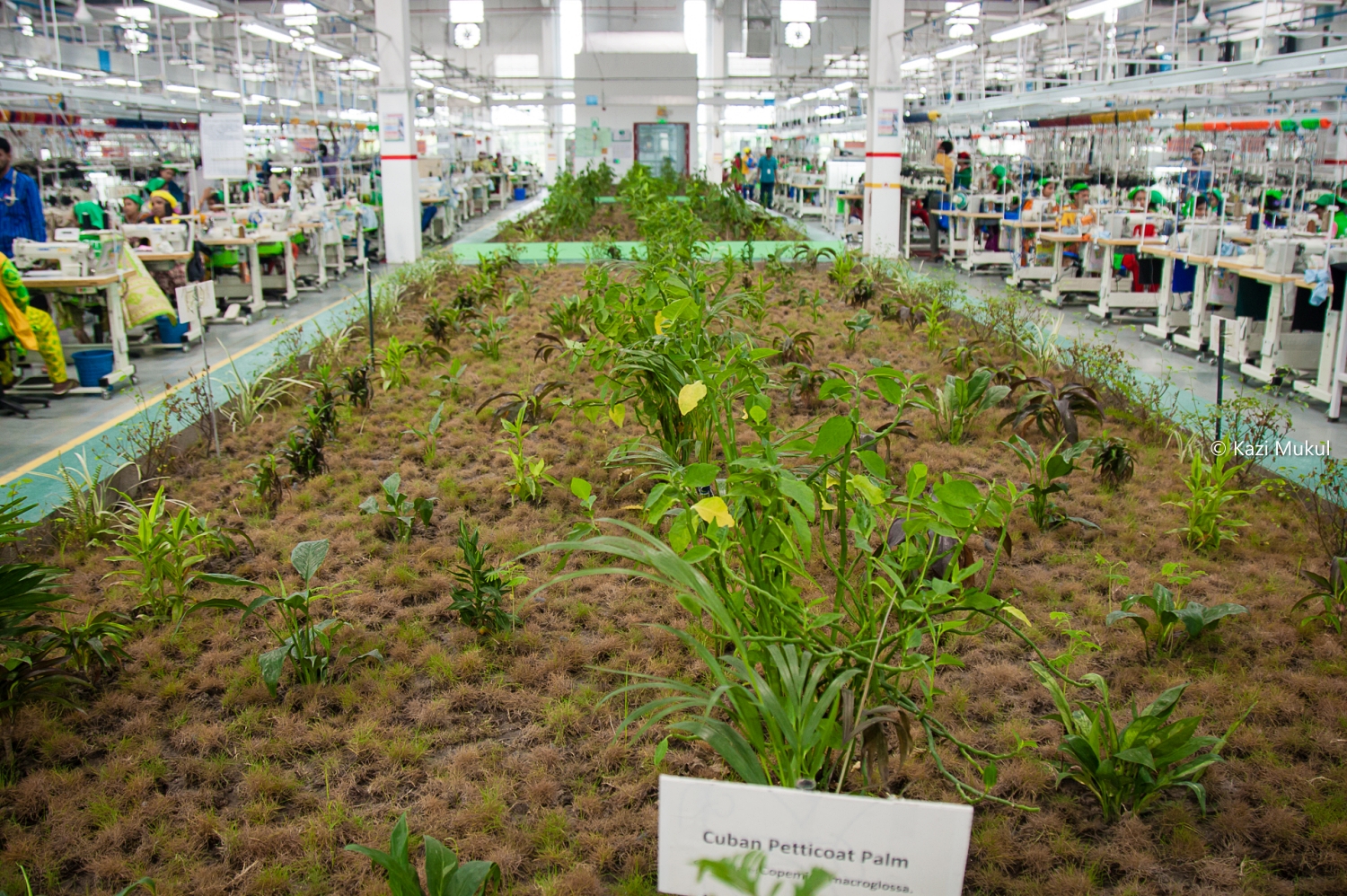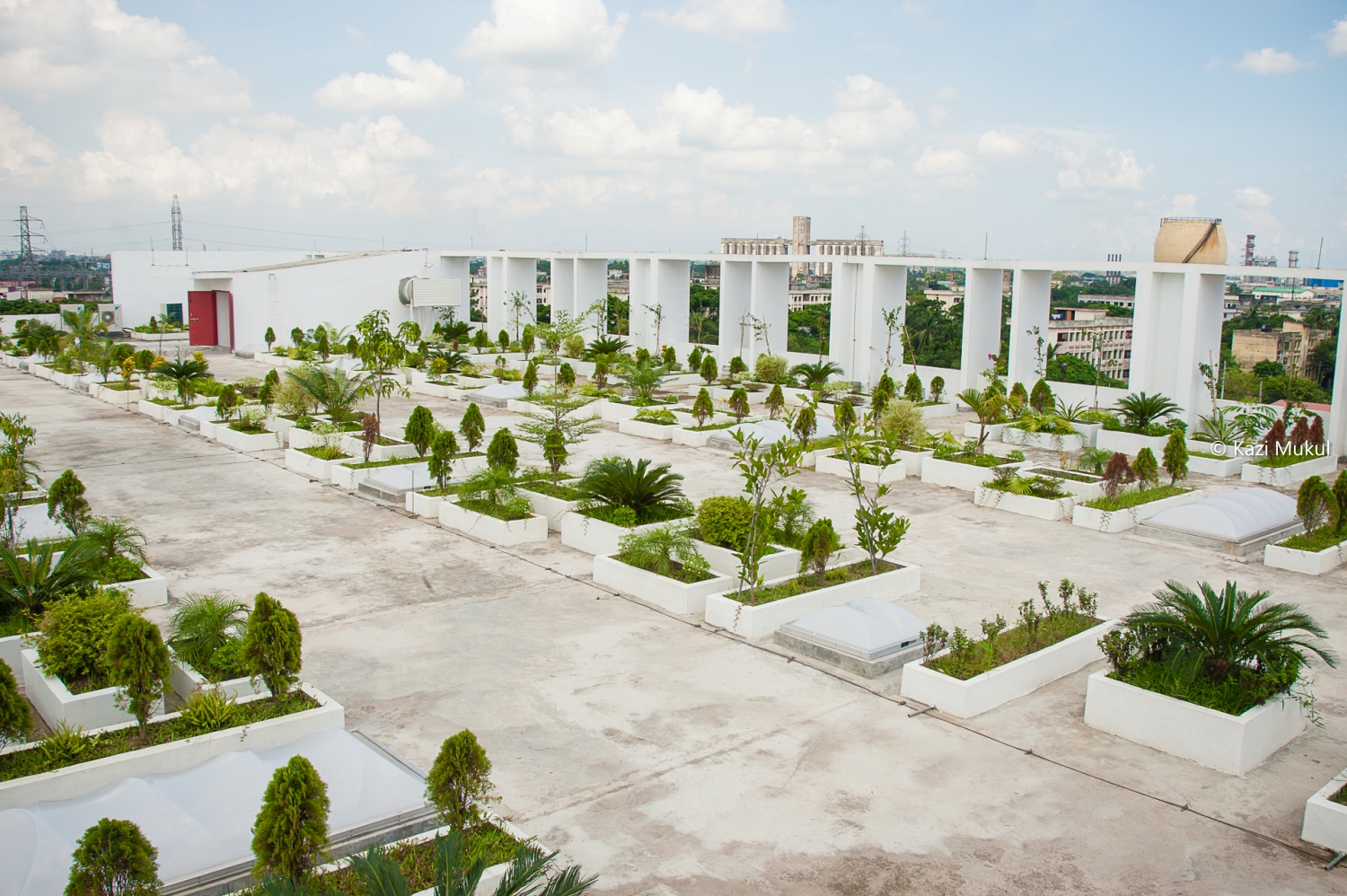Building a Greener Bangladesh
Green technology is the future for all nations, especially for developing nations. Dr. Sadiq Ahmed breaks it down on how Bangladesh can build an environmentally congruent future that sustains.

Overview and development context: There is a populist perception in Bangladesh that since global warming and associated adverse effects of climate change are largely the results of bad development policies of industrial countries, these countries should pay for their wrongdoings. It is often argued that with a low per capita carbon footprint, Bangladesh should not be burdened with the need to manage its own carbon emission. Instead, the Bangladesh policy focus should be to fight for greater green financing from advanced countries to help tackle climate change.
I find this line of argument as unhelpful and inappropriate advice to policymakers. While industrial countries should take responsibility to ease some of the pain of low-income economies caused by the past neglect of carbon emission control in their development strategies and policies, countries like Bangladesh cannot simply wait for these resources to come by. The track record of global climate financing availability to meet the needs of developing countries is poor. Importantly, the underlying green development agenda for Bangladesh is not just a matter of mobilizing resources, it requires a comprehensive approach to integrating the green agenda with the long-term development agenda of the country as a whole.
The cherished development outcomes involving higher income, lower poverty, and good quality of life require concerted policy actions at the national level. The green agenda is an integral part of Bangladesh’s overall development agenda, and its implementation is linked with concrete outcomes that have a determining effect on the peoples’ welfare. While Bangladesh should actively pursue all options to mobilize green financing from global sources, it must not wait for this financing to come by. Instead, it should prepare and implement a long-term green development strategy to reduce poverty, increase income, improve human welfare, and ensure the sustainability of development.

Status of Bangladesh green development strategy: Since 2009, Bangladesh has made commendable progress on a number of aspects of Green Bangladesh that is reflected in many strategy documents, laws and regulations, investment programs, and active participation in associated global fora. Bangladesh is well recognized as an active player in the green global fora and has contributed to the formulation of global green agenda, green targets, and advocacy for mobilizing green funding for developing countries. Bangladesh is also one of the earliest developing countries that have mobilized its own resources to fight the adverse effects of climate change and environmental degradation. The Eighth Five Year Plan (8FYP), the Perspective Plan 2041 (PP2041), and the Delta Plan BDP2100 have also sought to integrate the environmental degradation and climate change agenda in national development planning.
But this is just the beginning of the long road ahead and there is much more to be done. A review of past experience suggests that along with some success, many challenges remain. These can be classified into four broad categories: Strategy; Policy; Financing; and Institutions.
Strategy: On the strategic front, much of the current effort has concentrated on developing free-standing strategies and policies that are narrowly focused on certain aspects of environmental degradation (e.g., forestry, agriculture, water, industry) but not well-linked or integrated with the national development strategies. A beginning was made with the Delta Plan and then further enhanced in the PP2041 and the 8FYP. But there are many aspects and inter-linkages between environmental degradation and climate change and the national development strategy that are left vague and need further work. Importantly, these integrative efforts have not been followed through with implementable action plans as was the case with the Korean Green Deal of 2009 that spelled out the annual Green Deal Action Plan for implementation on an annual cycle.
Policies: This is the area where the gap is particularly large. Prevention of environmental degradation and climate change management policies in Bangladesh are rather few and narrowly focused on a specific issue (e.g., relating to the brick kiln air pollution management; high tariff on imports of certain pollutants; the plastic ban; the ban on two-stroke engines, etc). It is well known that sustained progress with the green agenda will need a broad-based policy framework involving fiscal policy, trade policy, infrastructure policy, pricing policies for public utilities, public investment policies, water management policies, industrial policies, agricultural policies, etc). These policies will need to ensure that private investment, production, export, and import decisions are consistent with the green development strategy.
Presently, for example, much of the environmental fiscal policies are missing. Energy pricing policies continue to subsidize fossil fuels and are therefore inconsistent with carbon management and incentives for renewable energy. Public investment in transport favors the most expensive and environmentally damaging road transport while neglecting the least cost and most environmentally friendly inland water transport. Agricultural policies subsidize the use of carbon unfriendly diesel fuel and water-polluting fertilizer and pesticide. Water pricing policies prevent cost recovery leading to poor O&M, huge water losses, and inadequate incentives for private water supply. The absence of implementation of the polluter pays principle results in excessive pollution of air and water. One can go on. These conflicting policies with the green agenda are the direct outcome of the de-linking of the development agenda from the green agenda.

Investments: The growing fragility of the fiscal situation in Bangladesh has rendered almost impossible the ability to finance any meaningful programs to fight environmental degradation and climate change. The tax to GDP ratio has remained stagnant at around 9%. With an estimated 5% of GDP committed to fixed expenses for running public administration, interest cost to service public debt, and security spending for law and order and national safety, there is very little left for anything else. Fiscal deficits of 5-6% of GDP account for a large chunk of spending in infrastructure, education, health, water management, agriculture, and social security. The resource constraint has gotten so deep that even after three years of adoption of the Delta Plan, public investment in water is a mere 0.7% of GDP. The fiscal constraint is a much broader development challenge. But unless this is addressed, it will be very difficult to make progress on the green agenda. It is hardly surprising that a key policy implementation of the Korean Annual Green Deal Action Plan comprises substantial public investment programs in focused green growth areas.
Institutions: A final constraint that has to be addressed much more substantially is the weakness of institutions. First, Bangladesh does not have a legally binding enabling framework for Green Bangladesh. In Korea, the Green Deal strategy adopted in 2009 provided the force of law by enacting the Framework Act on Low Carbon Green Growth in January 2010. Secondly, presently, in Bangladesh, the Ministry of Environment, Forest, and Climate Change serves as the coordinating ministry for environment and climate change. It has limited capacity, a small budget, no inter-ministerial coordinating authority, it is disconnected from the Ministries of Finance, Commerce, and Planning, and has limited policy implementation, enforcement, and monitoring capacities. As a result, the green agenda is not well integrated with the development agenda, and even the established environmental standards and regulations are not well implemented. In Korea, for example, the coordination of Green Deal priorities, investments, and implementation are provided by the high-level Presidential Committee on Green Growth (PCGG). Thirdly, another missing institution is the absence of a well-defined role for local government institutions (LGIs). This is of course a reflection of the broader issue of the absence of decentralized LGIs in Bangladesh. In Korea, for example, the PCGG comprises representatives from the private sector, the national government, and the local government. The full involvement of all stakeholders is a key factor for the success of the Korean Green Deal.
Clearly, Bangladesh has a long way to go. But it is never too late, and the efforts need to be re-doubled now. The 8FYP provides an important vehicle to energize the green agenda and develop an Action Plan for implementation on an annual cycle along with necessary institutional and financing support.
Sadiq Ahmed is Vice Chairman of the Policy Research Institute of Bangladesh. He can be reached at [email protected].




